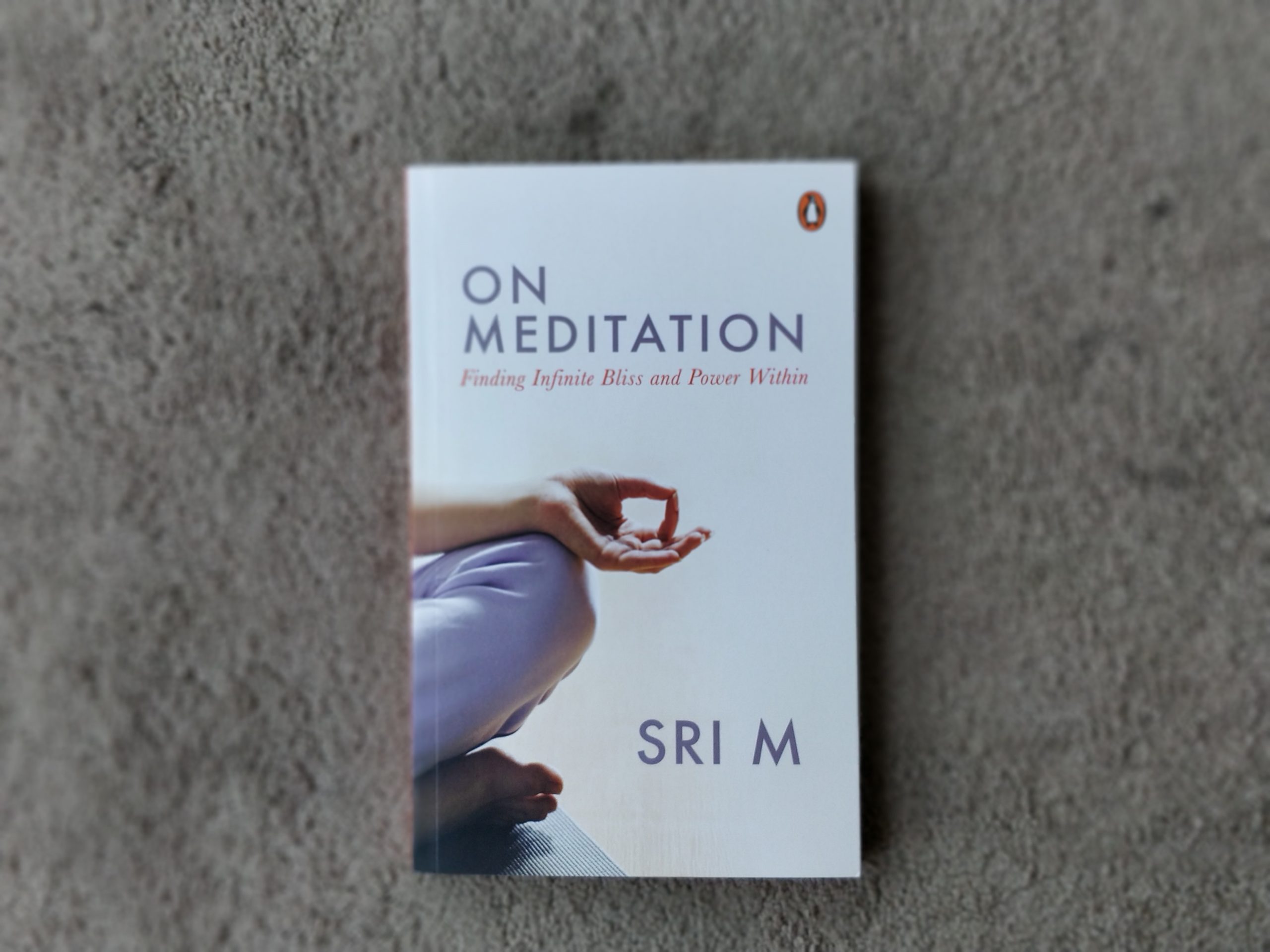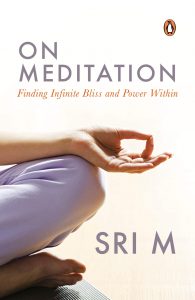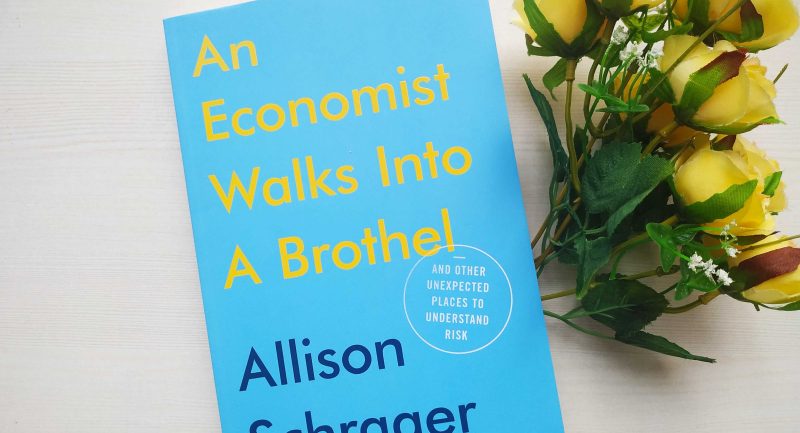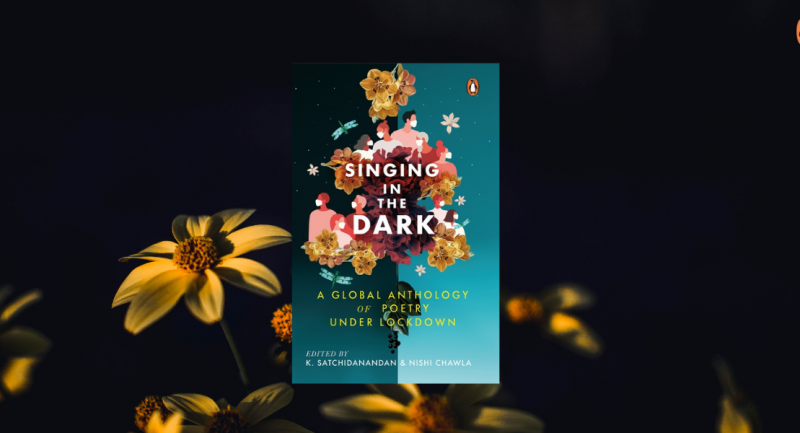
In today’s challenging and busy world, don’t you wish you knew how to quieten your mind and focus on yourself? In On Meditation, renowned spiritual leader, Sri M, answers all your questions on the practice and benefits of meditation, presenting it as a simple and easy method that we can all practice in our daily lives.
In his quintessentially soothing, ‘meditative’ prose, Sri M takes concepts that most of us would find intimidatingly esoteric and explains them in detail, from definition to technique, while bringing to light some of the most fascinating aspects of meditation-from spiritual bliss or swabhava to the inner music of being-anahatshabd.
The path to reach the goal of meditation is in three parts and detailed in Patanjali’s Yoga Sutra.
‘Dharana means the capability or the capacity or the practice by which one can put one’s mind exclusively in one stream of thought. When that matures and becomes a continuous process, then that dharana becomes dhyana. When that dhyana can be sustained for a continuous period, then one can experience and understand what samadhi is. When we can do this for a length of time with absolutely no distractions, then we enter into a state where we forget that we are even meditating. There is only that state. That is called meditation.’
Meditation allows one to tap into the limbic system which provides the adrenaline rush to react in emergencies, but in a systematic manner, with the possibility of utilizing infinite modes of energy
‘If thoughts such as ‘I am this body’, ‘I am a man’, ‘I’m a woman’, ‘I’m a child’, or ‘I am an old person’, can be un-conditioned, or at least set to rest for a while, then it’s possible to access that source of all energy that is within us. Fortunately, this happens to be a blissful energy and not a painful energy.’
Enlightenment is one of those mysterious terms that one rarely understands completely. Sri M explains it as the ultimate use of meditation.
‘Enlightenment is enlightenment only when it’s there, even in the midst of getting into a bus. It is always there. Therefore, since you have found peace and satisfaction, you really don’t want anything more. But it’s not as if you have become stagnant. In every minute of every second, it’s renewed. That probably should be the ultimate use of meditation.’

On Meditation
Sri M
Sri M explains the technique of yogic breath and distinguishes it from ‘surface breathing’.
‘The yogic breath is not surface breathing where you screw up your nose. No. The yogic breath is deeper. In yogic terminology, this breathing technique is called ujjayi, where you’re not breathing as much through your nose, but breathing through your throat. How? I open my mouth and breathe; however, instead of inhaling with my mouth open, I do the same process with my throat, but where my mouth is closed. The air is flowing through the nostrils, but it’s going in in a much deeper manner, touching the throat centre.’
The ‘third eye’ has many spiritual and mythical connotations for us, but was it and why is it emphasized n the practice of meditation?
‘When we say ‘third eye’, we’re not referring to a physical fact, we are referencing an inner opening, an activation in a certain area of the brain, which is physically connected to the ajna chakra, also known as bhrumadhya—between the brows. From my understanding, meditating on the third eye can never be a distraction because it can always lead you deeper and deeper and deeper if you do it properly.’
As one goes deeper and deeper in one’s awareness of the breath, it slows to almost the point of cessation, at which point one begins to hear the inner movement of the prana, the anahatshabd.
‘It doesn’t cease completely, because the body has to be maintained, but it becomes very slow, and then you begin to hear sounds which in yogic terminology are called anahatshabd. This means ‘sound which comes without striking two things together’. ‘Ana-hat’ means ‘without hitting’ or ‘without striking’. One way we can conceive of clapping with one hand is to imagine the inner sound which comes, not from two physical objects hitting each other, but from the inner movement of molecules, the inner movement of prana.’
When one finally ‘sits down’ to meditation, there are certain positions that are best suited to the practice.
‘When I say comfortable position it means that different positions are comfortable for different people. I prefer sitting cross-legged, sukhhasana. There are many other postures in the yogic system as well. You can sit in siddhasana. If you change it a bit it becomes svastikasana. There is vajrasana, which involves putting your legs back. Another meditative posture is veerasana. There is gorakshasan. Then there is the classical ‘Buddha pose’ known as padmasana, or lotus posture.’
Sri M expounds the ideal of spiritual bliss, the most natural state of being.
‘Stillness itself is bliss. We don’t become anything. This means, it is not subtracted by any activity nor can any activity add to it. It is in its natural state. It’s swabhava and this is the original swabhava— true identity.’
In On Meditation, renowned spiritual leader, Sri M, answers all your questions on the practice and benefits of meditation. The book is available now!








